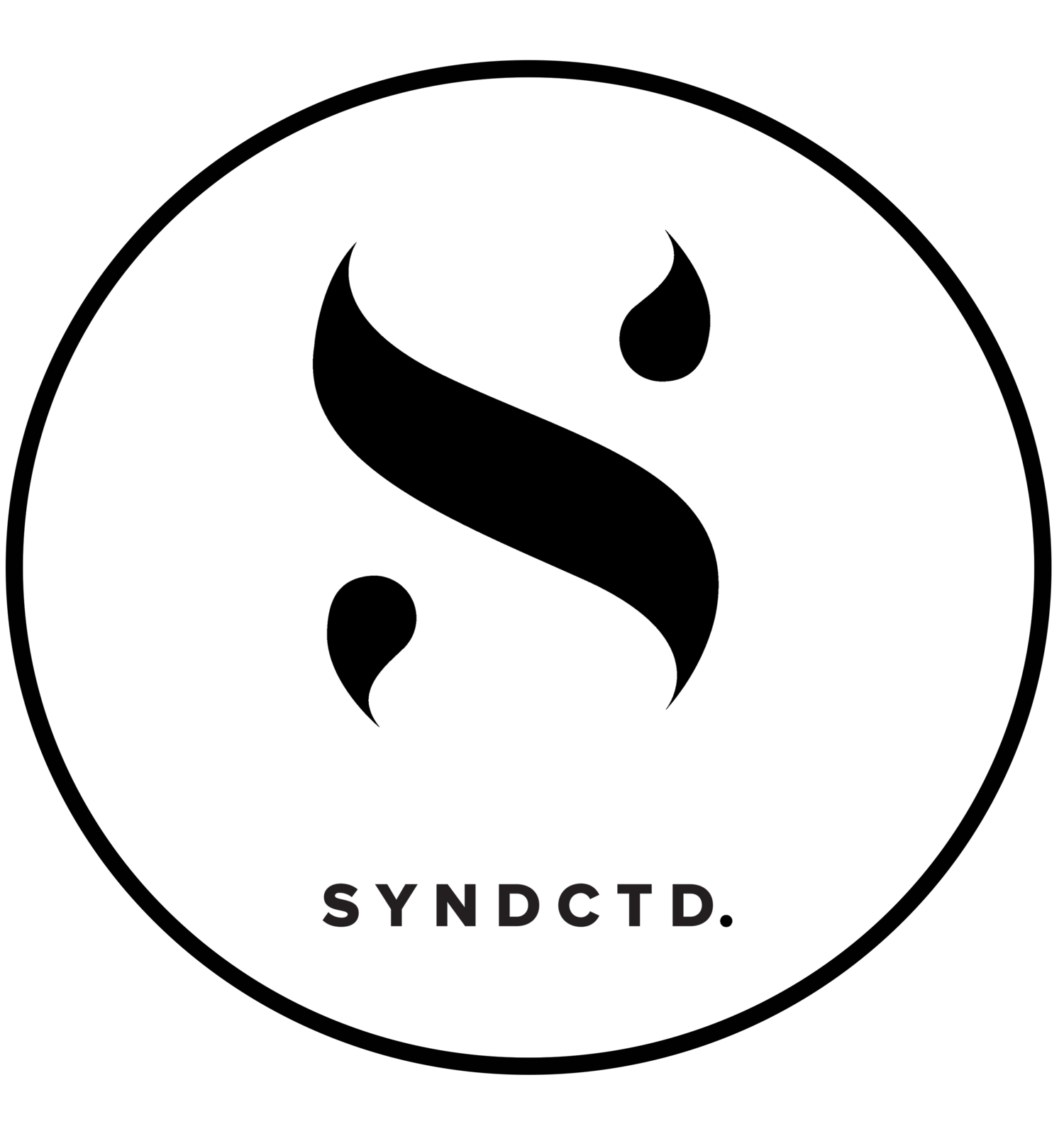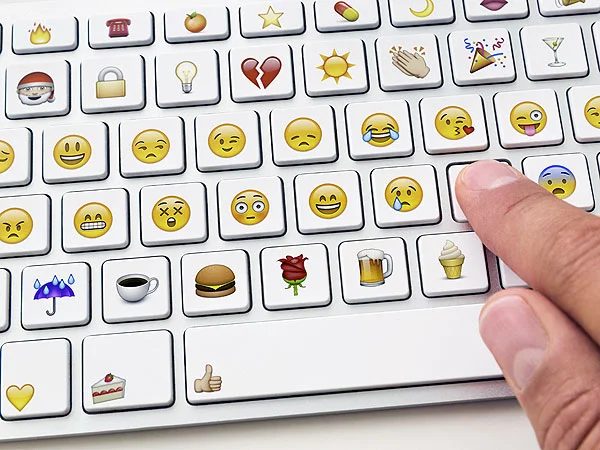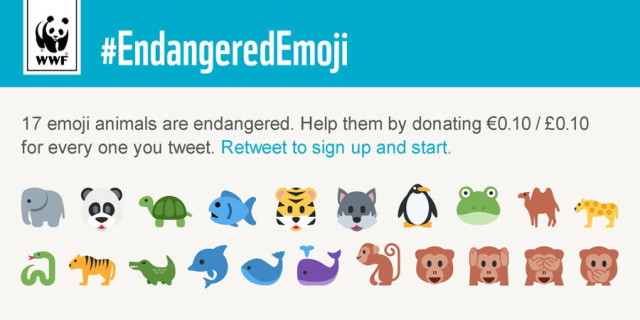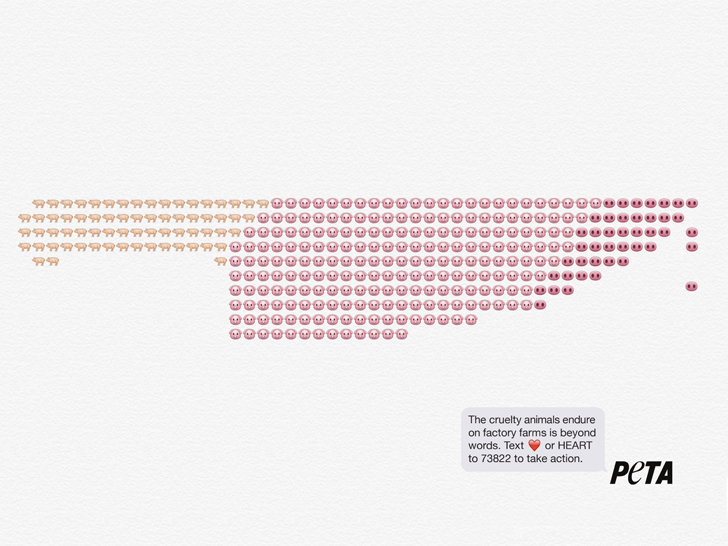In 2015, I’ve noticed two things, the rise of the 90s and the dwindling life of words.
Several weeks ago, I walked the streets of Washington D.C. as hoards of teenagers flooded museums in their bucket hats, comb overs, and floral printed crop tops. Just a few days ago, my coworkers and I channeled our inner 90s child with some chokers, floral knee length skirts, and denim jackets.
It seems that some things never die. However, can we say the same about the traditional form of communication we call words? Maybe not. In today’s age, texts have in many ways overcome phone calls as the main medium of communication, and emojis are quickly turning those text conversations into graphical ones. As we look around the digital world, we see an inundation of these digital hieroglyphs we call “emojis”.
According to The Next Web, emojis make up nearly half of the text on Instagram. This includes comments, captions, and the recently introduced emoji-capable hashtags. Our methods of communication have now been streamlined into an arrangement of pictograms. Our thoughts and feelings can now be represented by a single emoji face.
Big brands are embracing this trend and avidly responding to this phenomenon. Apple, the leading company of simple, clean design, released a new set of emojis in response to public demand. Workplace productivity applications like Asana have included emoji integrations in their software for “more modern” communication options.
This method of communication has become so popular that the people of the interweb have created an emoji-only social network called Emojli. This is probably in response as a joke to how many people are texting in only emojis to each other. (I know I’m guilty of that sometimes.)
Why are emojis such a huge hit with our generation? Why are people yelling over the web for pictograms of tacos and avocados?
According to Buffer Social, there are emotional and psychological benefits with emojis. Scientists have discovered that when we look a a smiley face online, the same parts of the brain are activated as when we look at a real human expression. Thus, by using emojis, we can demonstrate empathy — lightening up the mood of an email or text. In addition, emojis contain a fun factor that word-only communication sometimes cannot elicit.
All craze aside though, emojis are an evident trend that is here to stay, and many big brands are utilizing its popularity to market to the current emoji using fan base. Here are a few examples worth noting:
Here at Syndctd, words have not died. We’re too big of wordsmiths. But we try not to limit ourselves in tools for disseminating the right messages and stories, so emojis have been added to our arsenal. We are constantly on the look out for the best ways to build our clients’ social presence. Emoji marketing may not always be the best answer, but we are inspired by the fun appeal of these pictograms and are integrating the medium where we best see fit. From email marketing subject lines to fun social media animations, the emoji world is a whole new place to explore and we’re excited to see what campaigns we’ll see and dream up next.
Here are a few examples from our tinkerings for the #MyMissMeStyle campaign.
Until our next idea launches, you can enjoy some emoji paraphernalia. Etsy’s got everything from mugs and watches to PJs and bucket hats. You can now get your 90s on in a contemporary manner.







